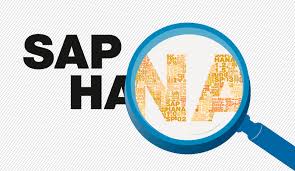HANA, Hadoop Help SAP Connect IoT And Big Data
 First, SAP engineers candidly admit that solving the IoT (and related Big Data) issues remains a work in progress. There are products in place -- and customers using those products -- but engineers recognize they need to offer more. The systems in place, though, start with decisions made close to the sensors and edge systems.
First, SAP engineers candidly admit that solving the IoT (and related Big Data) issues remains a work in progress. There are products in place -- and customers using those products -- but engineers recognize they need to offer more. The systems in place, though, start with decisions made close to the sensors and edge systems.
A HANA database that references data sitting in other databases (which can include Hadoop, MongoDB, Oracle, or just about any other commercial database) can use SAP's Smart Data Access -- a data virtualization feature that lets the HANA control structures see data in "virtual data tables" that span multiple databases.
SAP expects to use a concept called "streaming" to use HANA for analysis without assuming that all data is hot until proven otherwise. Streaming will, essentially, use a HANA instance as a high-speed Hogwarts Sorting Hat to determine whether the data coming in should be stored in another HANA database or sent to a cooler location for future analysis at a somewhat more leisurely pace.
Given the SAP IoT customer base, the "things" in question are much more likely to be on an industrial shop floor than attached to a consumer's wristWith HANA, SAP has made a series of key early steps to power their customer and partner plans. If the company can polish and fit the last of the pieces it's promising, SAP S4/HANA will be a formidable presence in the IoT market.
